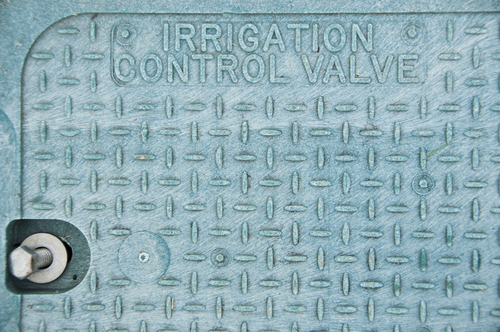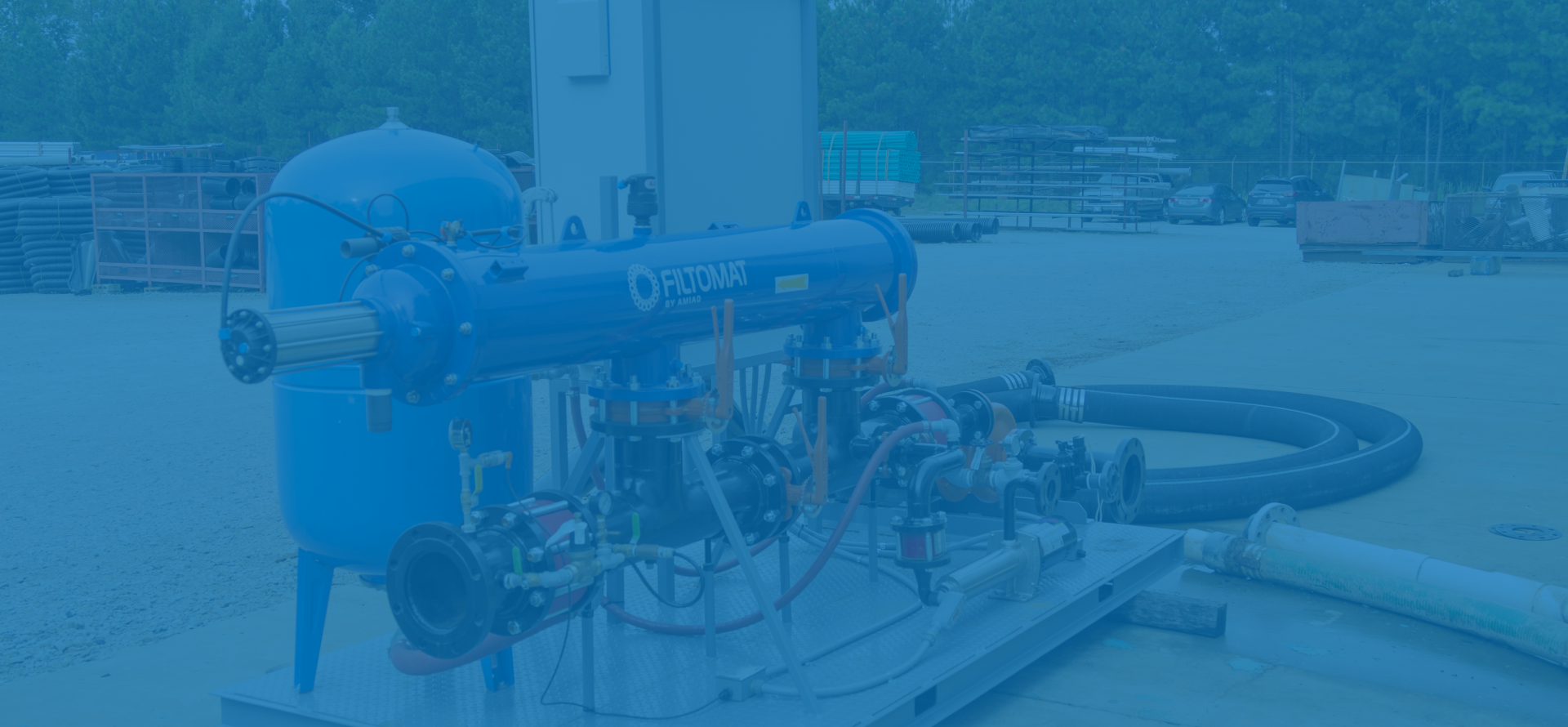How can irrigation valve boxes help you?

Irrigation valve boxes are an important part of irrigation systems, and they are also one of the most overlooked aspects of system design. Valve boxes provide easy access to buried irrigation control valves. Irrigation control valves and backflow preventers require access from time-to-time to perform maintenance and testing. Valve boxes also provide protection for these essential components of your irrigation system. Here are three things to consider when selecting and installing a valve box:
1. Size Matters – Using a valve box that is too small can be a common mistake. Many installers try to put too many valves in one valve box or use a smaller size valve box than is necessary. Smaller valve boxes are less expensive, but keep in mind you will want plenty of room to access the control valve if you ever have to come back and perform any maintenance or repairs. Make sure the valve box you select allows for plenty of room to work.
2. Allow For Drainage – No one like to put their hands in a standing pool of muddy water in a valve box. By installing 3 to 4 inches of pea gravel in the bottom of the valve box will allow water to drain away from the valve box more easily.
3. Keep The Box Off Of The Pipe – When installing a valve box, make sure that the base of the valve box is not resting directly on top of the pipe. The base of the box should ideally rest on undisturbed or compacted soil. If the valve box is resting directly on the pipeline it could cause a pipe to break if someone were to drive a heavy vehicle across the top of the valve box.
For more ways the right valve box impacts your efficiency and costs, contact WP Law today.








